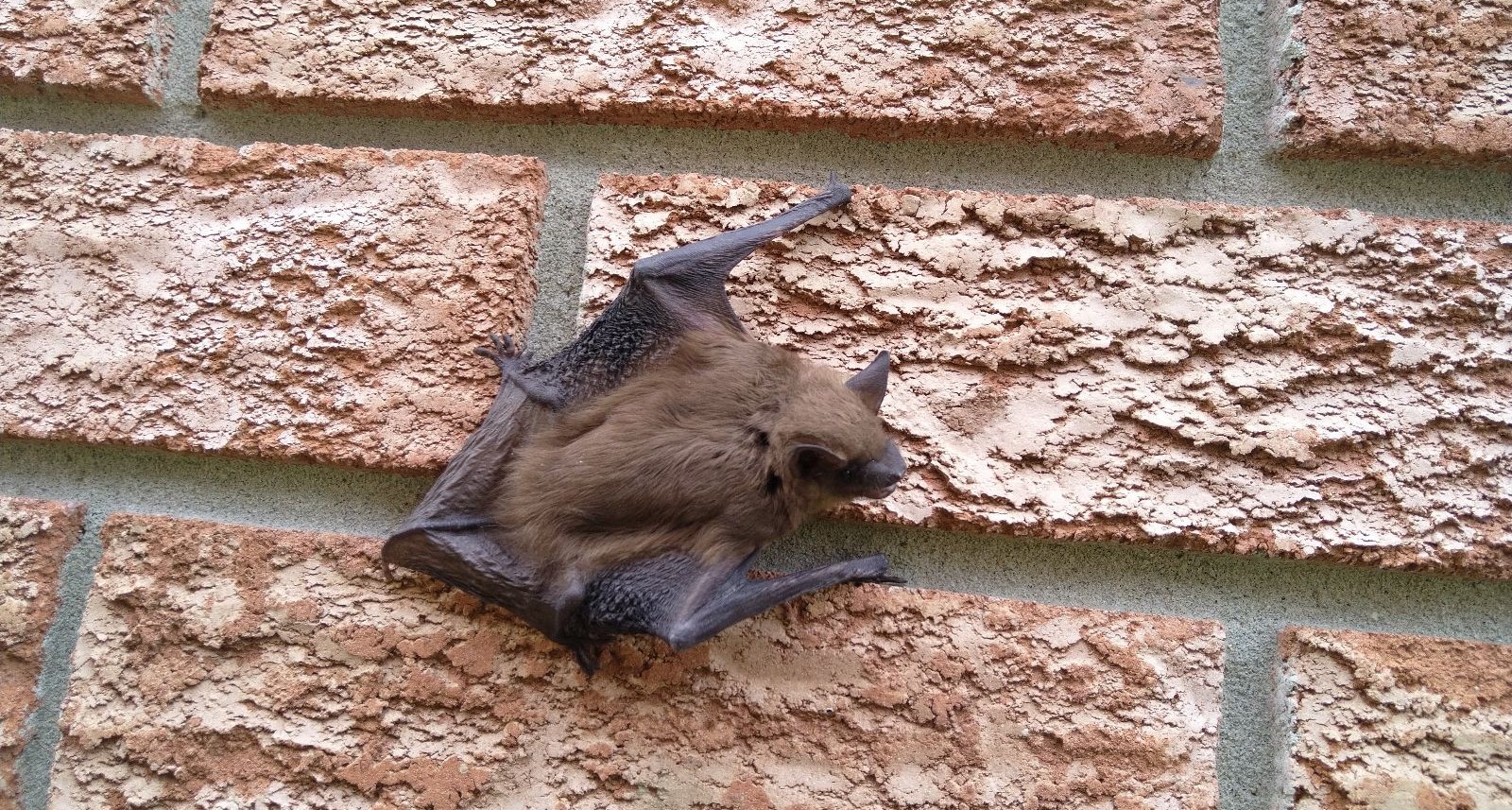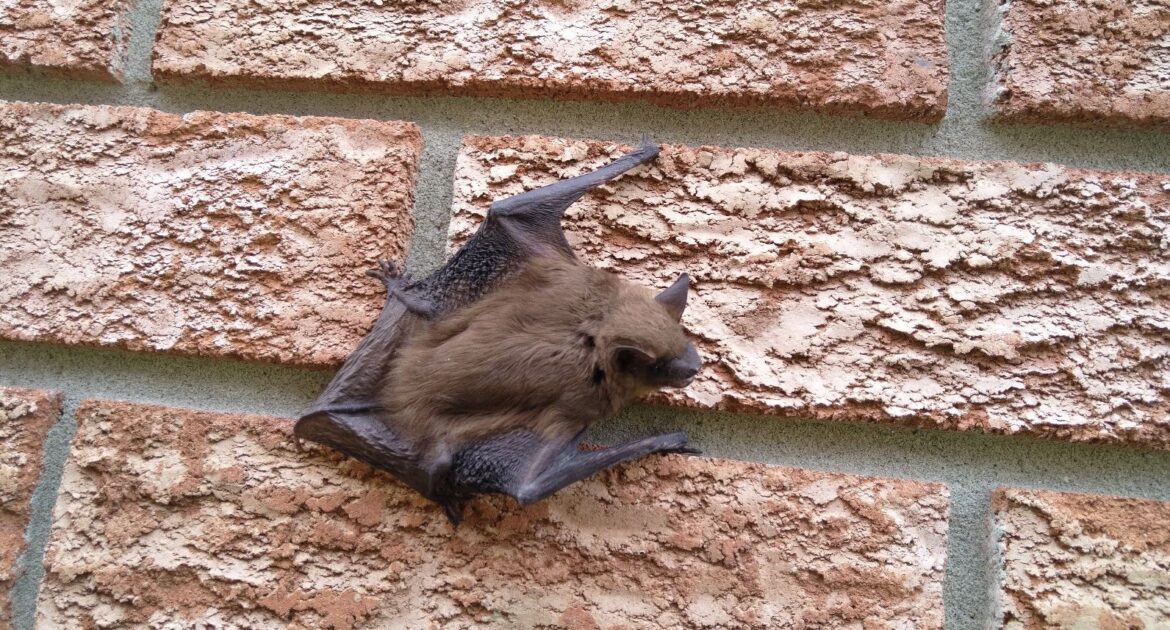Bats are often misunderstood creatures, with myths and fears surrounding them that can overshadow their actual behaviour. For homeowners in Ajax, the idea of these winged mammals roosting in attics or darting through the backyard can spark apprehension. Are bats dangerous? What is their role in the ecosystem? And what should you do if you encounter them in your home? It’s high time we separate fact from fiction and provide actionable bat safety tips for families and homeowners alike.
Follow along as our experts in wildlife control in Ajax sort out fact from fiction about bats.
Are Bats Dangerous?
The short answer is no, but with important caveats. Bats are not aggressive animals, and they do not intentionally attack humans. Their primary focus is catching mosquitoes and other insects, making them natural pest control agents. However, their presence in a home can pose health risks and potential property damage if left unaddressed.
Health Risks Associated with Bats
While bats themselves are harmless in most cases, they can carry risks such as:
- Rabies: Although less than 0.5% of bats are thought to be infected, rabies is a serious concern. Infection is typically transmitted through bites or scratches, so it’s important to avoid direct contact.
- Histoplasmosis: A respiratory infection caused by inhaling spores of a fungus found in bat droppings, also known as guano. Proper cleanup and professional assistance are critical when handling areas contaminated by guano.
Structural Damage in Homes
Bats often enter houses through gaps as small as 6 millimetres, settling in attics or walls. Over time, their droppings can:
- Accumulate, causing damage to insulation and other materials.
- Create unpleasant odours that spread through the home.
- Increase cleanup costs if not promptly addressed.
What to Do in Bat Encounters
If you find a bat inside your home, remain calm. Here’s what to do:
- Isolate the Bat: Close all doors to contain it in one space.
- Provide an Exit Path: Open a window or door to allow the bat to leave safely.
- Contact a Professional: If the bat doesn’t leave or you suspect a larger colony, consult wildlife control experts like Skedaddle.
By addressing the situation with care and expertise, you can ensure the safety of your family and the humane treatment of the bat.
Myths About Bats
Bats have long been surrounded by myths that fuel unnecessary fear and misunderstanding. Let’s debunk some of the most common misconceptions and shine a light on the truth.
Myth 1: Bats Are Bloodthirsty Beasts
Reality check, Ajax. While there are three species of vampire bats, they reside in Latin America and feed primarily on livestock. The bats in Canada, including those found around our local Duffins Creek, are insectivores, dining on mosquitoes, moths, and beetles. Their voracious appetite for bugs actually benefits our environment and our backyards.
Myth 2: Bats Will Attack Humans
Bats are not aggressive animals. The swooping behaviour people often observe isn’t an attack but part of their insect-catching techniques. They’re simply chasing a mosquito that might be near you.
Myth 3: All Bats Carry Rabies
While bats can carry rabies, the percentage of infected bats is extremely low. According to experts, less than 1% of the bat population is affected. Human cases of rabies from bats are exceedingly rare.
Myth 4: Bats Serve No Useful Purpose
Far from it! Bats play an essential role in maintaining balance in nature. They help control insect populations, pollinate plants, and disperse seeds. Their contributions to the ecosystem are invaluable.
Why Myths Persist
Fictional depictions in movies and folklore have done bats no favours. They’ve been painted as sinister or scary, but when viewed through a lens of science and truth, it becomes clear that these mammals are misunderstood.
By dispelling these myths, we can foster a healthier co-existence with bats and appreciate the environmental benefits they bring to our communities.
Bat Safety Tips
Living in Ajax, you’re surrounded by beautiful, nature-rich spaces like Rotary Park, but that also means sharing these spaces with wildlife, including bats. Here’s how to ensure your home stays safe and bat-free.
Seal Access Points
Conduct a thorough inspection of your home to identify potential entry points. Focus on areas like:
- Rooflines
- Chimneys
- Vents
Sealing gaps with wildlife exclusion sealant can prevent bats from gaining access to your walls or attic.
Install Bat-Friendly Options
Consider installing a bat house on your property. This encourages bats to roost outside rather than inside your home, providing them with a dedicated shelter while keeping your family safe.
Keep Outdoor Spaces Well-Lit
Since bats are nocturnal, bright outdoor lighting can deter them from foraging near your home. Motion-activated lights are an effective, energy-efficient solution.
Manage Food Sources
Reduce the number of insects around your home by:
- Keeping trash tightly sealed.
- Cleaning up leftover food outdoors.
- Installing screens on windows and doors.
Know When to Call Professionals
If you suspect a bat colony in your home, resist the urge to handle the problem yourself. Professional wildlife control experts like us at Skedaddle have the knowledge and tools to assess and address the situation safely and humanely.
By implementing these bat safety tips, you can coexist peacefully with bats while protecting your property.
What to Do If You Encounter a Colony
Spotting one bat might not raise an alarm, but signs of a colony require swift action. These signs include:
- Unexplained squeaking or scratching sounds in the attic or walls.
- The presence of guano accumulating near entry points.
- Frequent sightings of bats flying around your property at dusk.
Here’s a 5-step guide to managing the situation:
- Observe From a Distance: Confirm the signs without disturbing the area.
- Note Entry Points: Identify cracks, vents, or gaps where bats may be entering.
- Schedule an Inspection: Contact us for a thorough evaluation of your home.
- Plan for Humane Removal: Our experts determine the best time to install one-way doors, ensuring proper exclusion without harming the bats.
- Seal the Property: Once the bats are gone, our team will seal every potential entry point to keep them from returning.
Proper management ensures a long-term solution and minimizes health risks or damage to your home.
How Skedaddle Can Help
At Skedaddle, we pride ourselves on delivering professional and humane wildlife control services. Our team of trained specialists follows a proven process to ensure effective and long-lasting solutions to bat intrusions. With decades of experience, we understand the importance of handling wildlife issues responsibly, prioritizing the safety of both our clients and the animals.
When you choose Skedaddle, you gain access to our comprehensive services, including detailed inspections, strategic exclusion techniques, and thorough property sealing to prevent future issues. We also educate homeowners on best practices for maintaining a bat-free home. Trust Skedaddle to provide reliable, stress-free solutions tailored to your unique needs.
Protect Your Home With Expert Help
When it comes to wildlife control, prevention and knowledge are your best defences. Understanding that bats are not inherently dangerous but should be handled with care is key to ensuring both human safety and environmental balance.
If you’re dealing with bats in Ajax and want to protect your property while ensuring safe, humane removal practices, contact us at Skedaddle. With over 30 years of experience, we’re here to help you reclaim your home with effective solutions backed by a lifetime guarantee.
Take action today and regain peace of mind. Call Skedaddle Wildlife Control now to schedule your inspection!




